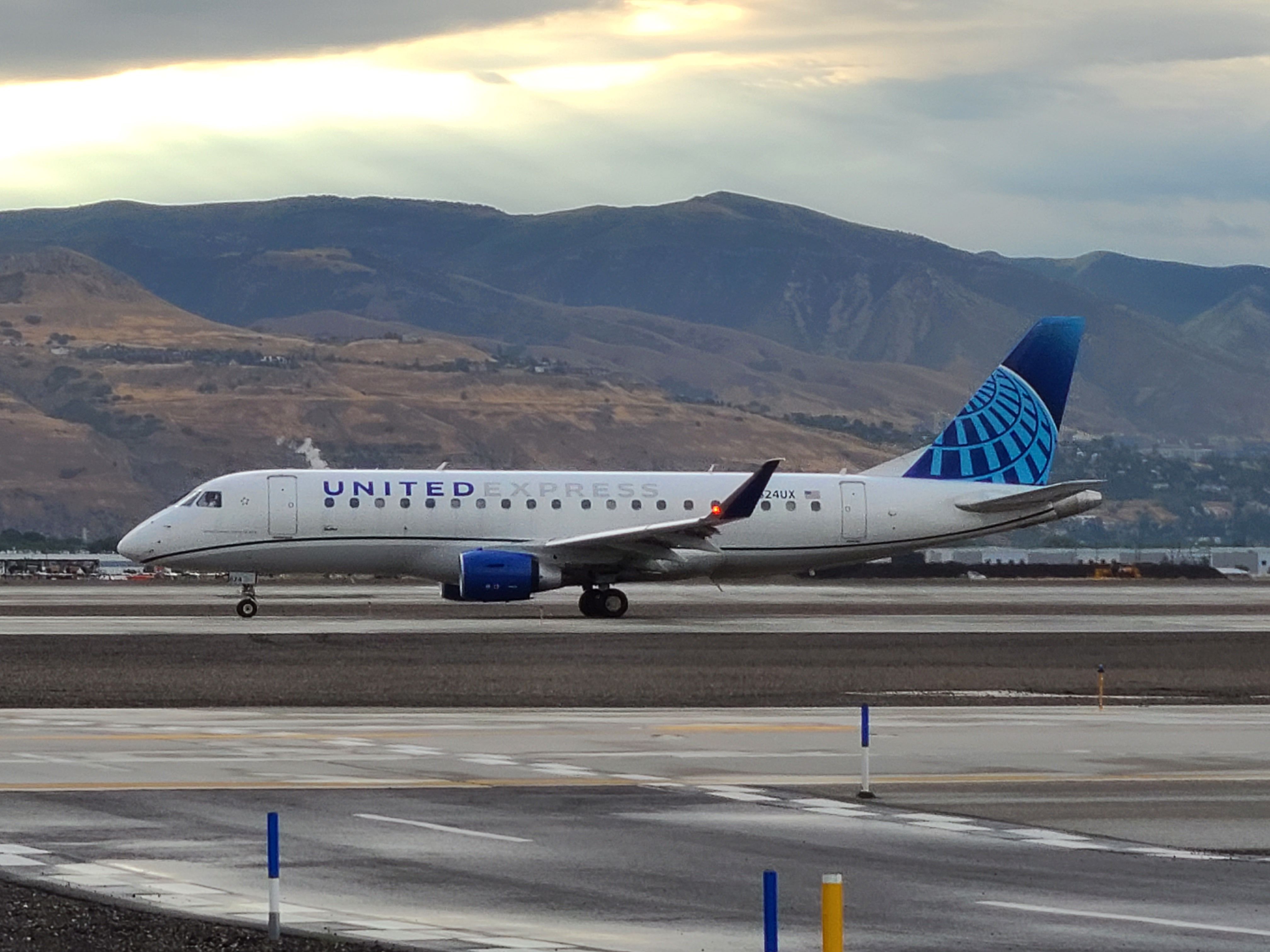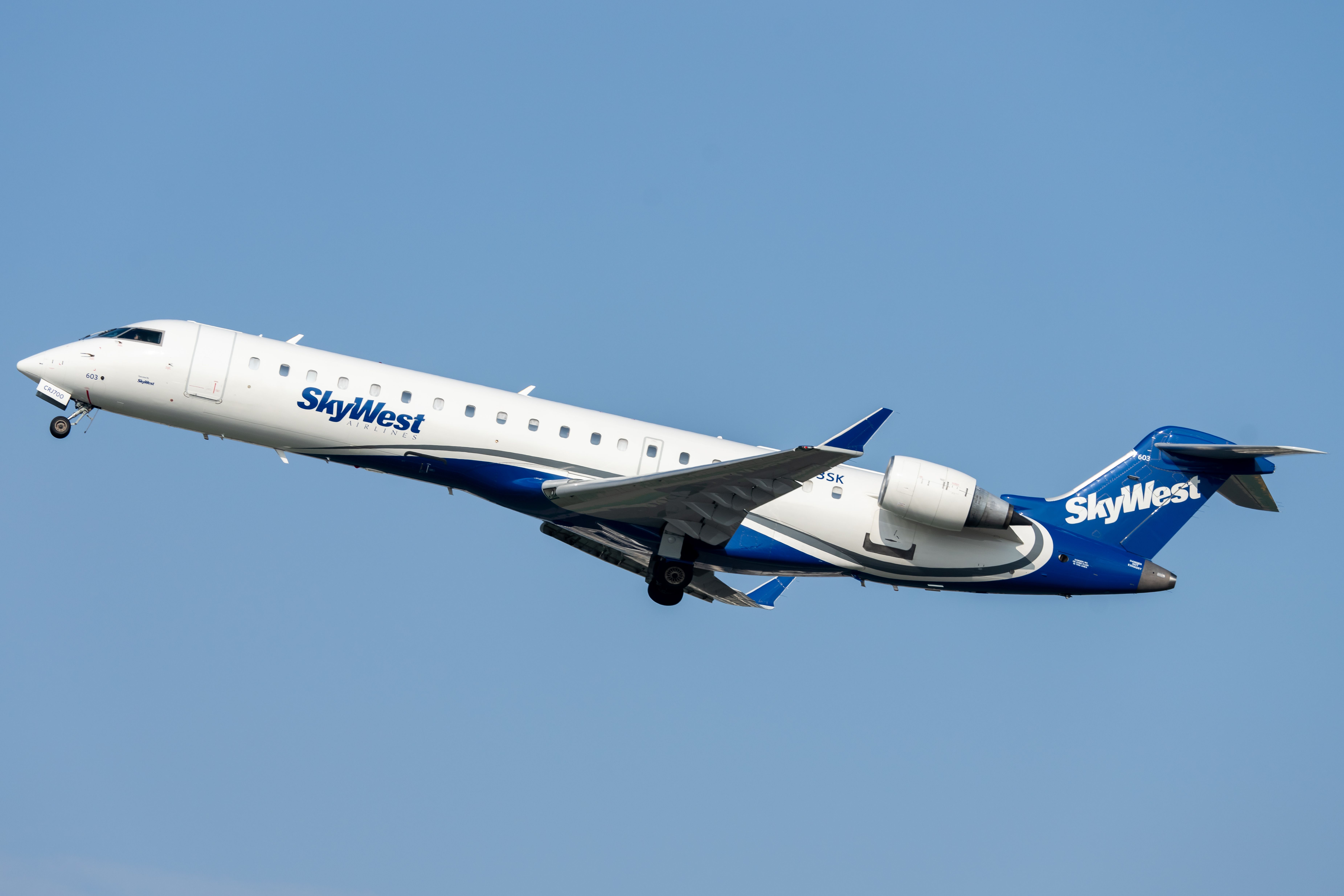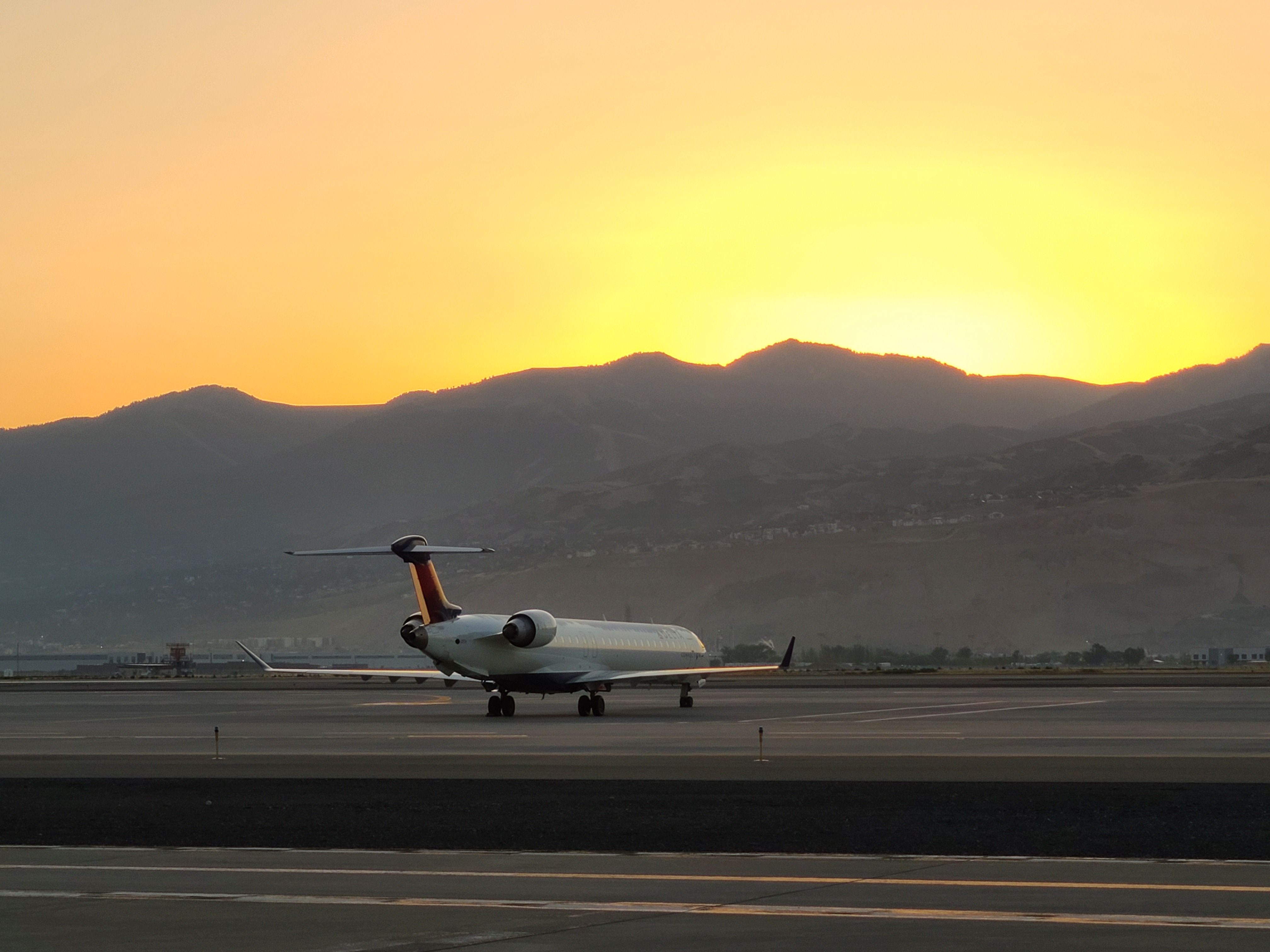SkyWest Airlines has just doubled pay for all pilots. The regional carrier struggling to retain and acquire new pilots during the current shortage has voted to nearly double pay for first officers and captains. First officers will start their careers at SkyWest, making $90 per flight hour. Captains will make $140 per flight hour. These numbers would have been incomprehensible for the regional airline market only a few years ago. SkyWest is marketing that new first officers will have the potential to earn $90,000 per year with this new pay rate.
Higher pay
The pay hike announcement came after a narrow vote at the airline. The previous starting rate for first officers was $47 per flight hour. The raise is an astronomical jump for the regional carrier. Historically, regional carriers offer the lowest pay in the airline industry in the US. In the US, large airlines such as Delta and United, commonly referred to as major airlines, outsource many of their smaller routes to third-party contract airlines known as regionals. SkyWest, for example, operates flights for Delta, United, Alaska, and American Airlines.
These regional airlines will typically sport the livery of the major airline they provide services for, but that is where the similarities end. Regionals own their own planes and have their own ground and maintenance teams, along with their flight and cabin crews. In this business model, the major carrier handles all the booking and scheduling, whereas the regional carrier simply operates the flight. These flights are typically flown from larger airports to smaller ones with enough demand to justify a route but not enough to fill a 150-seat aircraft.
The regionals typically fly aircraft with seating capacities between 50 and 80. SkyWest has a fleet of Bombardier CRJ200s, CRJ700s, CRJ900s, and Embraer ERJ175s. The smaller aircraft flown by regionals generate less revenue per flight than much larger aircraft as fewer tickets are sold. For this reason, regional airlines tend to pay pilots lower than all other airlines. Entry requirements are also the lowest at regional airlines as they only require pilots to meet FAA minimums and obtain an Airline Transport Pilot License (ATP) before joining the crew. Larger airlines also require this, plus additional flight experience.
Get the latest aviation news straight to your inbox: Sign up for our newsletters today.
These major airlines generally acquire their pilots from regional airlines. For this reason, regional airlines are often seen as stepping stones for most pilots to further their careers by giving them the experience needed to move on to a major airline. This model has worked well for both regional and major carriers for years. However, with the growing pilot shortage, majors have begun lowing their entry requirements and taking more and more pilots from the regionals. The regionals, however, must comply with the FAA 1,500 flight hour requirement for new airline pilots. This has led to an increase in pay. SkyWest hopes the pay rise will help attract new pilots and retain existing ones.
Not so friendly competition
Even with the pay raise, SkyWest can still not match the pay at the majors, but it has now entered the realm of the national carriers. These national carriers are situated between the regionals and majors in terms of pilot pay. National carriers include many budget airlines, such as Spirit and Frontier. Most national carriers still pay more than SkyWest, although the gap between the two is smaller than ever. Other regional airlines have also raised their pay dramatically. Horizon Airlines and Mesa Airlines are just a few other regionals raising wages to remain competitive. All other regionals are either in the process of raising pay or in the discussion process.
Drawbacks to higher pay
The pay raises are certainly a welcomed sight for pilots. However, for regional airlines, there will undoubtedly be consequences. The largest of which will be limited capacity. The larger expense will require airlines to limit their presence in many smaller communities that do not bring in large amounts of consistent revenue. Pilots being twice as expensive, it may not make financial sense to continue operations in many less frequented locations.
What do you think of this pay raise? Let us know in the comments below.



